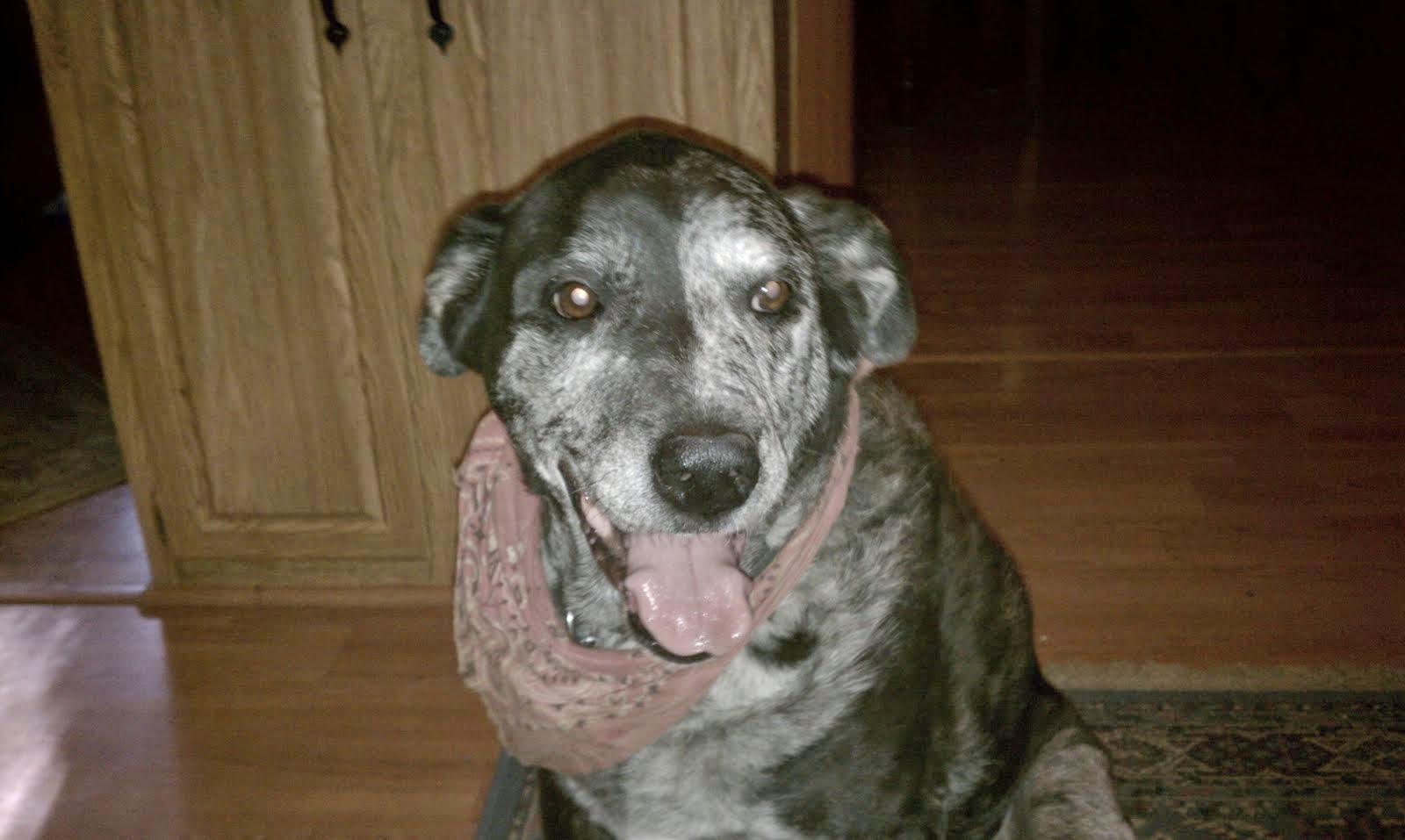- Processed Honey: According to the National Honey Board (NHB), (http://www.honey.com) , 82 percent of households currently use processed honey, which has been heated and pasteurized, and can contain botulism and High Fructose Corn Syrup, (HFCS). Processed honey is not as antibacterial, as raw honey, and is dangerous for diabetics and infants under 12 months old.
Benefits of Raw & Unprocessed Honey:
May Berenbaum, Ph.D., a University of Illinois entomologist, shares that "Honey has been used for centuries to treat a wide range of medical problems like wounds, burns, cataracts, skin ulcers and scrapes," Various researchers worldwide are finding strong antimicrobial properties in some honeys.
Healing Qualities:
Raw honey is used by many cultures as a remedy for ulcers, digestion, bronchitis, and as an energizer, as well as many other answers to health problems.
- Recently, the Australian Therapeutic Goods Administration, the equivalent of the U.S. Food and Drug Administration, actually approved Manuka Tree honey as a medicine.
Wound Care / Burns:
One reports published in the 1998 issue of the journal Burns, tells how researchers from the Dr. V. M. Medical College in Maharashtra, India, compared honey with silver sulfadiazine, the standard treatment for superficial burns.
- The researchers first smeared honey on gauze and used it to dress the burns of 52 patients. Another 52 patients got the same treatment but with silver sulfadiazine in place of the honey.
- In the 52 patients treated with honey, 87 percent healed within 15 days, compared with 10 percent of those treated with silver sulfadiazine.
- The honey-treated patients also experienced less pain, leaking of wound fluid, and scarring.
Up until World War II, honey was used commonly to treat skin wounds. With the introduction of antibiotics in the 1940s, honey was taken out of the medicine cabinets and returned to the kitchen. Some doctors are starting to use honey when modern medicines have been tried - and failed - to cure skin wounds. Honey contains three ingredients that make it ideal for treating wounds.
- Molan, a biochemist at the University of Waikato in New Zealand, and other researchers have found special bacteria-killing properties in honey made from the nectar of the tea tree (Leptospermum). In laboratory experiments, reported in the November 1992 Journal of Applied Bacteriology, Molan and his colleagues found that it was particularly effective in slaying staphylococcus aureus. This so-called "Golden Staph" -- which infested the English woman's 20-year-old wound -- sometimes survives the most potent antibiotics, killing its victims. "Manuka honey has worked in very desperate cases where nothing else has worked," says Molan.
- Because it's high in sugar, it absorbs much of the moisture inside wounds, making it hard for bacteria to survive.
- In addition, many honey varieties contain large amounts of hydrogen peroxide, the same medicine you use at home to disinfect cuts and scrapes.
- Finally, some honey contain propolis, a compound in nectar that can kill bacteria. In a laboratory study, researchers smeared honey on seven types of bacteria that frequently cause wound infections, and according to a renowned professor of biochemistry at the University of Waikato in Hamilton, New Zealand, it effectively killed all seven types.
I just used honey on a pretty bad hot spot or something that looked like an angry wound on her cheek around Christmas on Lucy that started to become infected and it worked really well. Within a week it was healed well to a light pink dry healthy state when the scan came off. It started kinda bloody due to unseen pawing. I however do need to mention I used Yun Nan Bai Yao herbs externally (and internally again) on it at first because was bleeding and I wanted it to stop weeping bleeding and give it a temp fake scab for a day or two. I did use Neosporin with painkiller on the last day of week treatment because the scab was itching at the end and was dry and was starting to work off. It was pretty bad. Treatment worked great.
It was in a location that she couldn't lick.... You would probably have to put bitter apple (no lick or chew spray- just a little) or bandage (good luck with that..) or a cone for some dogs. I don't know if you can use the honey on cancer on the external tip of the nose because I am sure the dog would love the honey. But the bitter apple No Lick or Chew spray applied a little with cotton ball on top of honey might work.
